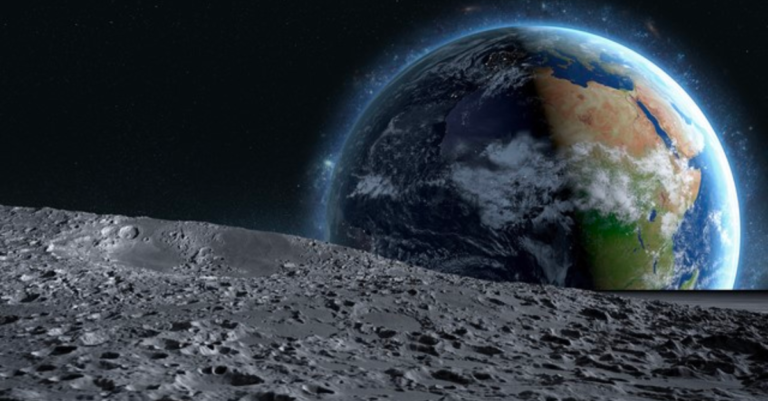Chinese astronomers discover way to produce oxygen, water, and fuel from lunar resources
As humans plan to spend more time on the moon in the future, the need to generate essential resources such as oxygen, water, and fuel from the available resources on the lunar surface becomes crucial. A team of Chinese astronomers from Nanjing University has made a groundbreaking discovery that could simplify this process, potentially facilitating human exploration of space and even the establishment of a permanent lunar base.
The researchers conducted an analysis of lunar soil samples collected by China’s Chang’e 5 spacecraft and identified iron and titanium-rich materials that can serve as effective catalysts for producing oxygen and fuel from the carbon dioxide and solar radiation emitted by astronauts during their stay on the moon. This discovery holds great promise for enabling humans to survive and thrive on the moon for extended periods, taking a significant step towards space exploration and colonization.
The researchers believe that a form of “alien photosynthesis” could help people explore the moon and other planets in the solar system. They explain that the oxygen we breathe is produced by plants and other photosynthetic organisms, which use sunlight and carbon dioxide (CO2) to produce energy-rich sugars.

The proposed lunar life support system would utilize resources available on the moon such as lunar soil and solar radiation to electrolyze water, a process that would generate oxygen and hydrogen without any external energy input, making it a “zero energy” system. Additionally, the system would leverage lunar soil to dehydrate the gases that astronauts exhale, allowing for the production of oxygen and hydrogen separately.
To generate fuel for future missions, the system could use a process called “hydrogenation” to combine the carbon dioxide exhaled by moon residents with hydrogen produced by the system. The process is accelerated by lunar soil and can produce hydrocarbons like methane that can be used as fuel.
The lead researcher, Yao, emphasized the importance of using local resources to reduce the weight of the rocket and make extraterrestrial living sustainable and affordable. With this innovative system, future lunar inhabitants could generate essential resources and fuel on-site, paving the way for longer and more sustainable space missions.
The results of this study were published in the scientific journal Joule, and the team is now seeking opportunities to test this system in space, most likely during China’s future manned lunar missions. The researchers are also experimenting with various ways to improve the catalysts’ design, such as melting lunar soil to produce a “high-entropy nanostructured material.”
In the near future, the manned space flight industry will expand rapidly, ushering in the “Age of Space,” which is analogous to the “Age of Sail” in the 17th century, when hundreds of ships set sail. However, if we want to conduct large-scale exploration of other worlds, we must devise methods to reduce the payload by using as few supplies from Earth as possible and instead relying on resources from other worlds. The discovery by Chinese astronomers of a way to produce oxygen, water, and fuel from lunar resources is a significant step in this direction.
Do not forget to share your opinion with us to provide you with the best posts !




0 Comments